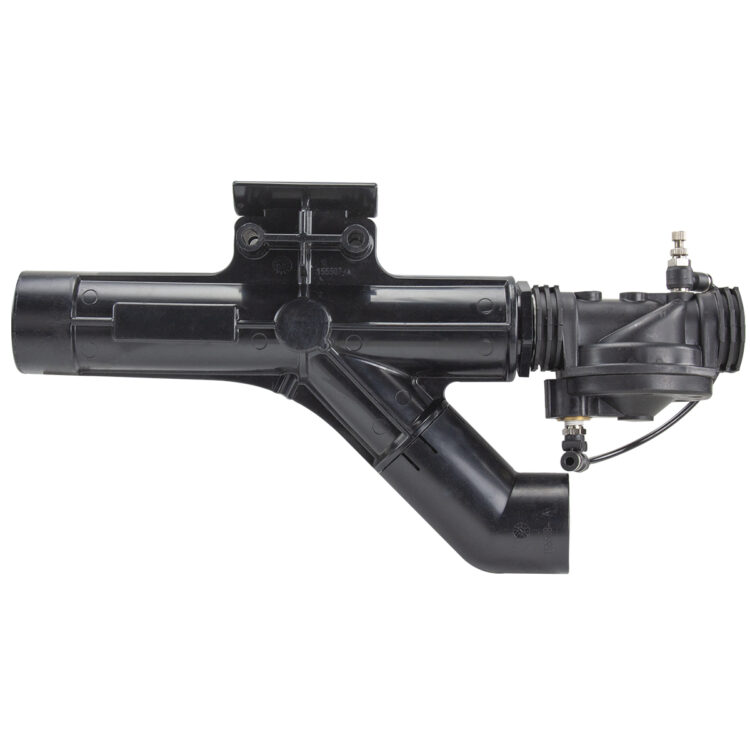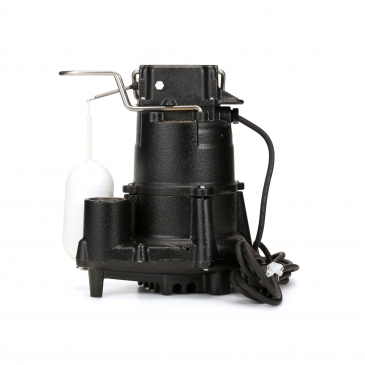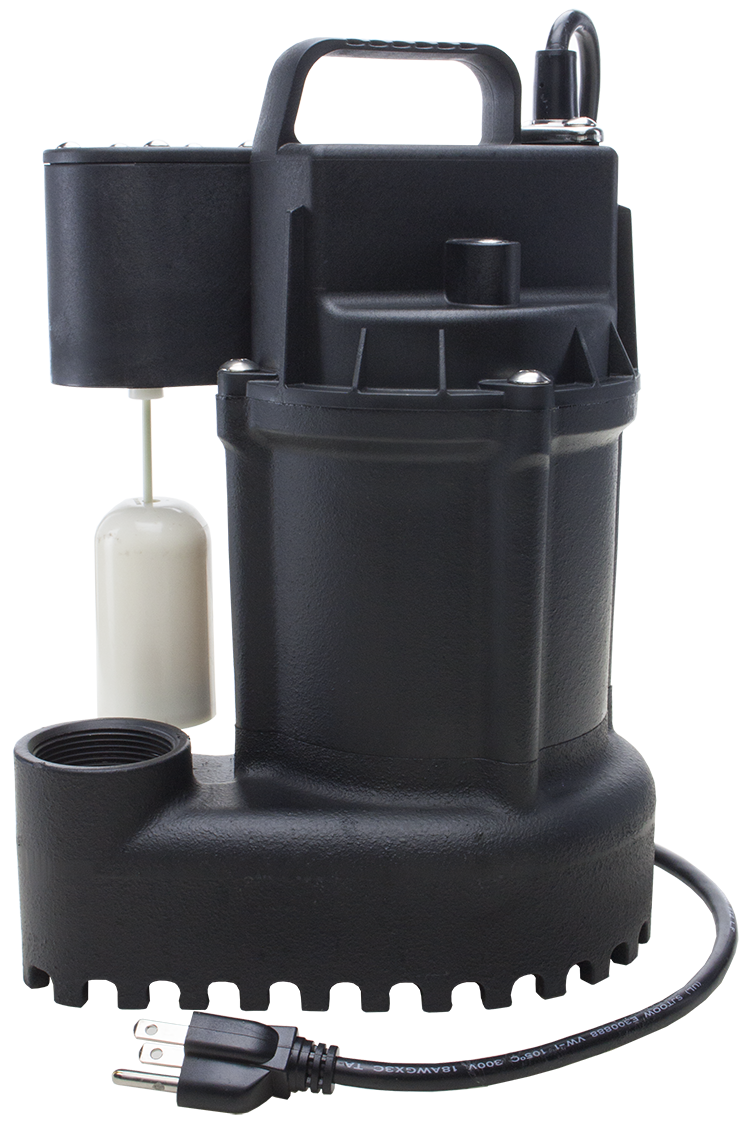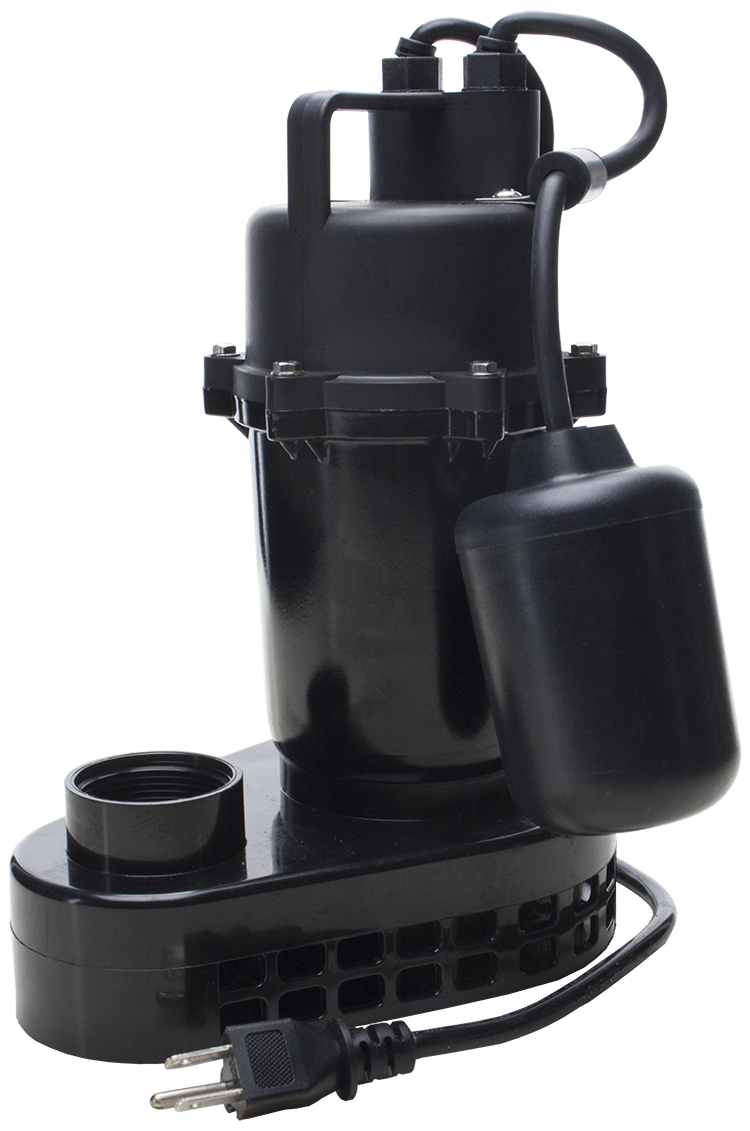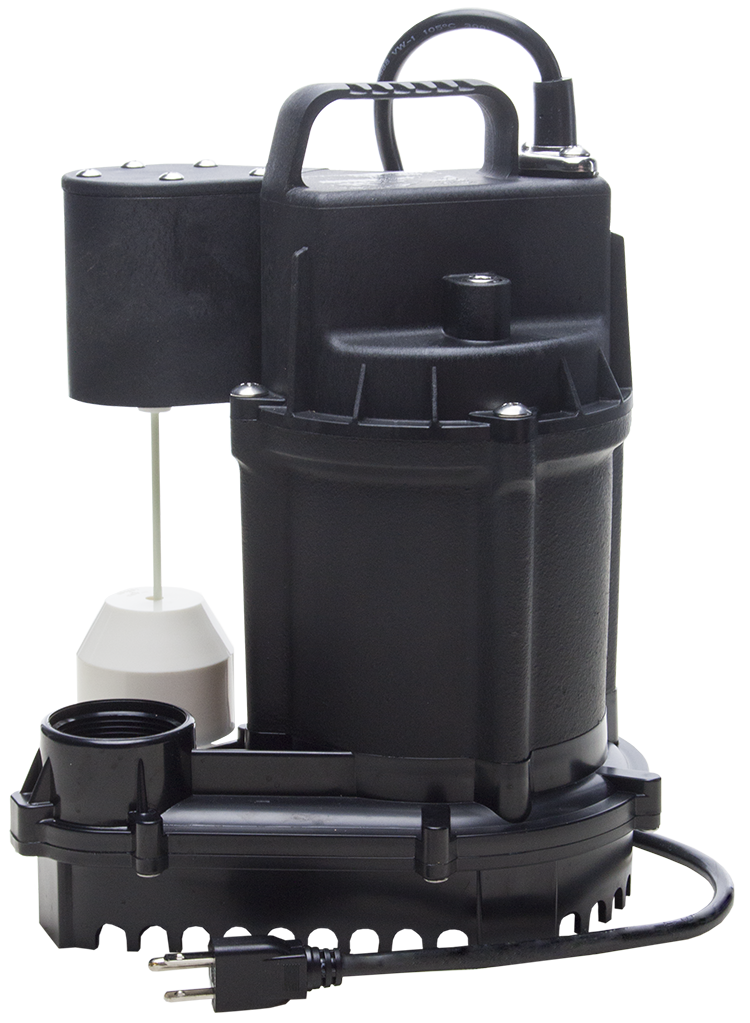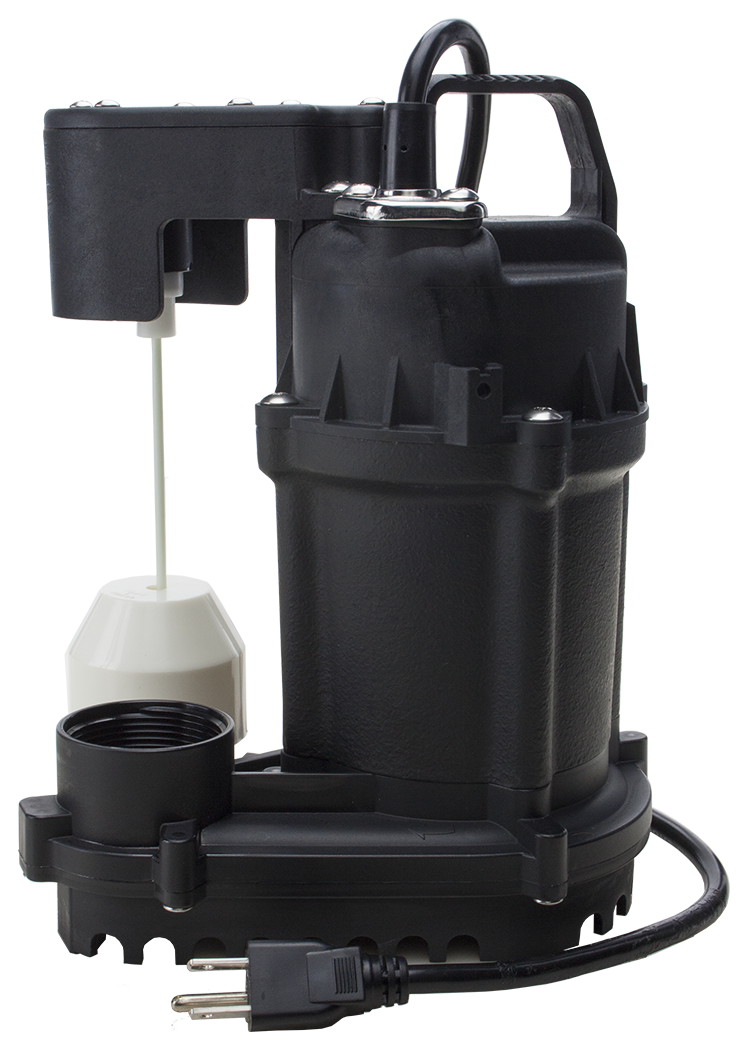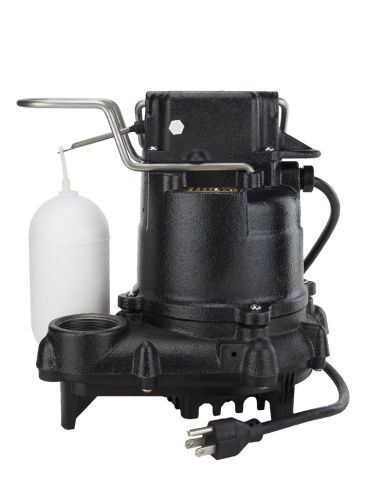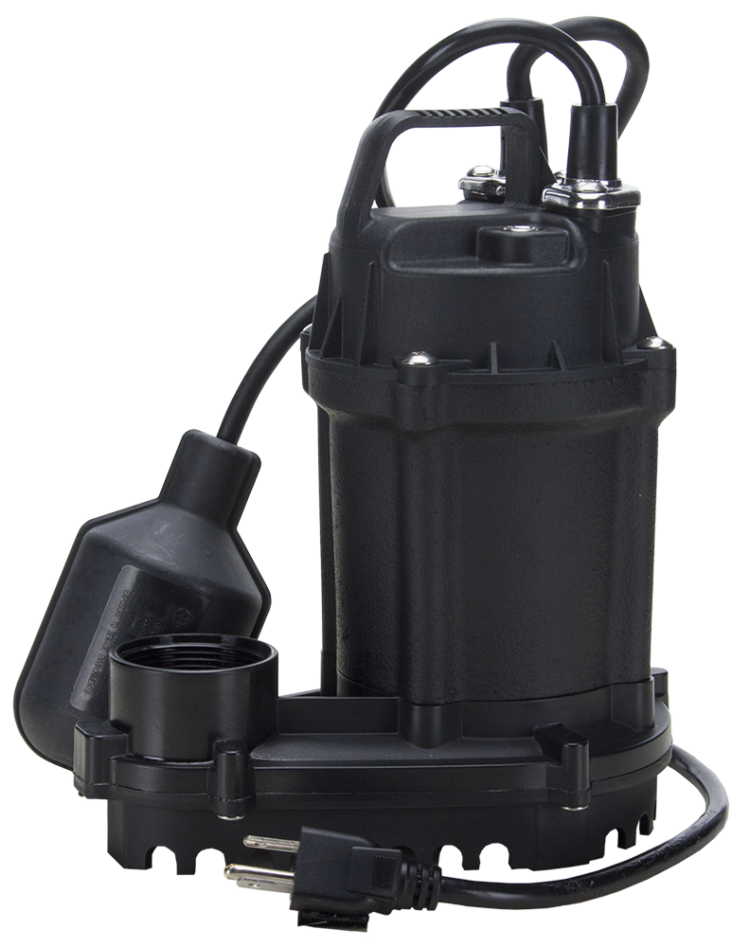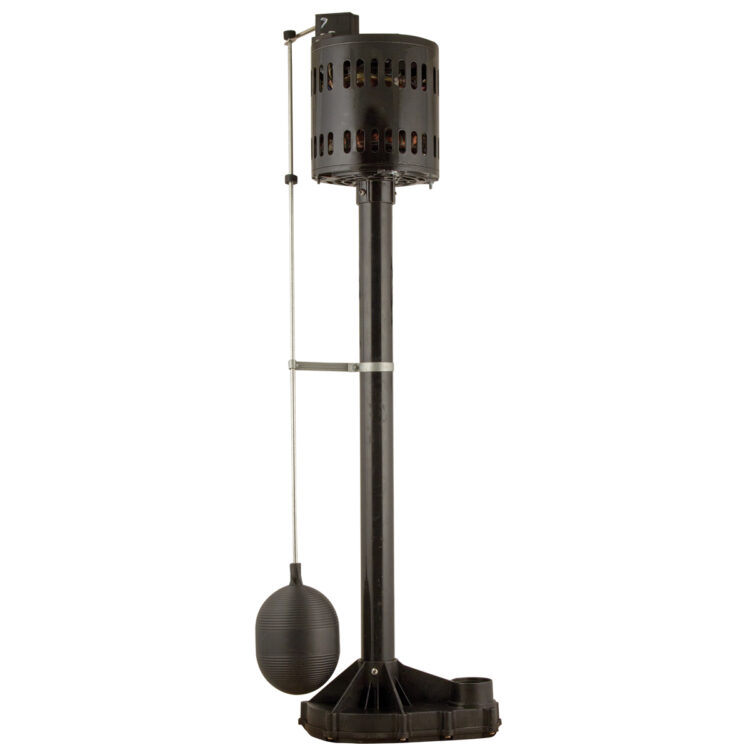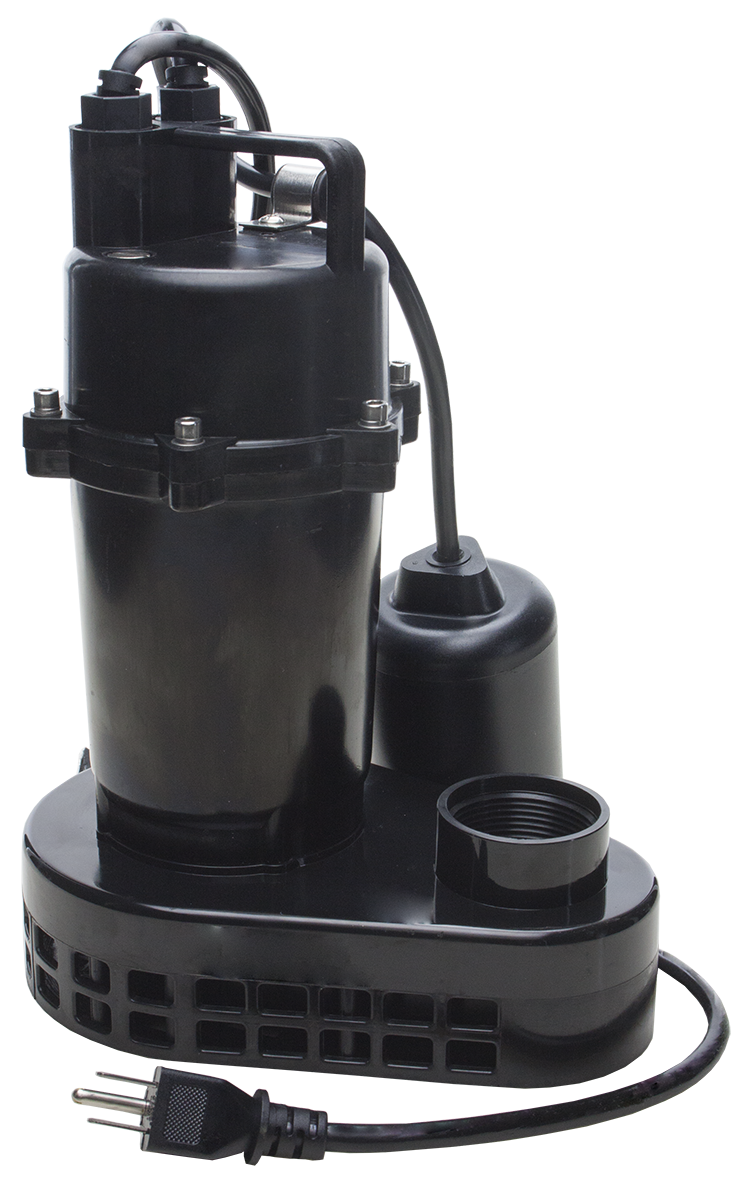When a hurricane is on the way, the last thing you want is to worry about a flooded basement. That’s where sump pumps come in. This equipment quietly works behind the scenes to keep your home dry, protecting your property and giving you peace of mind. But what exactly makes a sump pump such a crucial part of hurricane preparedness?
How Sump Pumps Protect Your Basement From Flooding
A sump pump automatically detects when water exceeds a certain level in your sump pit. As a result, it removes the excess water and discharges it safely away from your property.
Without a sump pump, all that water would eventually find its way into your basement and cause damage. Sump pumps are your first line of defense against water damage in the event of a severe storm.
Why Efficient Water Removal Matters During Hurricanes
Hurricanes bring a lot of rain in a short time period, so having a sump pump that can efficiently and continuously remove water is essential. Different sump pump models have different capabilities — it’s important to choose one that can handle hurricane-like rainfall.
Star Water Systems’ sump pumps offer superior performance and are designed specifically to move water quickly and reliably. Our pumps are engineered to continue working in the harshest conditions, with automatic activation when water levels reach a specific point.
Maintenance Tips to Keep Your Pump Ready for Severe Weather Events
To ensure your sump pump performs as expected during a hurricane, follow these maintenance tips:
- Clear debris from the sump pit to prevent blockages that could impede your pump’s ability to function properly.
- Check the discharge pipe for clogs or obstructions and ensure it is properly directed away from your home’s foundation. This will prevent water from flowing back toward your basement.
- Test the float switch periodically to ensure it moves freely and turns the pump on when water gets to the right level.
- Examine the check valve to make sure it is working correctly. This is the part of the sump pump that prevents water from flowing backward once it has been pumped out.
- Consider a battery-operated sump pump that continues operating in case of a power outage during a hurricane or severe storm.
Prepare Your Home for Hurricane Season With Star Water Systems
Investing in a sump pump from Star Water Systems will help keep your basement protected during storms. Explore our selection of high-quality sump pumps to help protect your property from hurricane-related water damage. Find a retailer near you or contact us for more information today.
